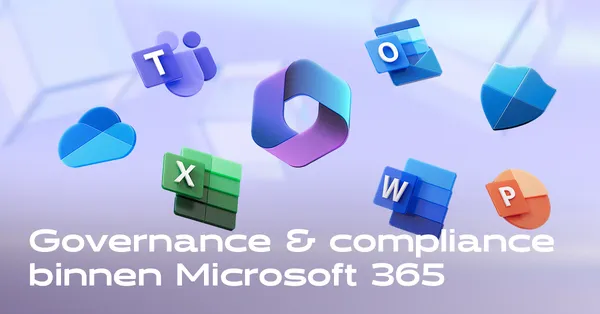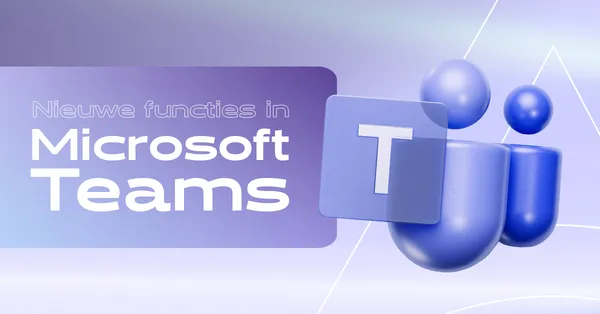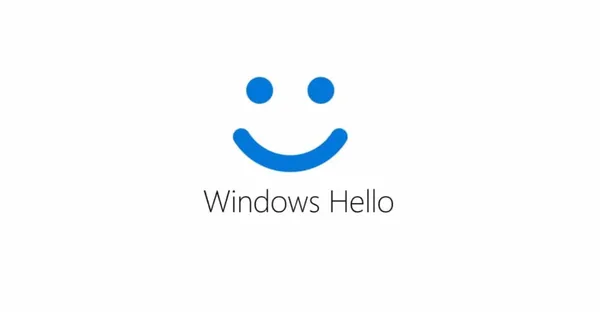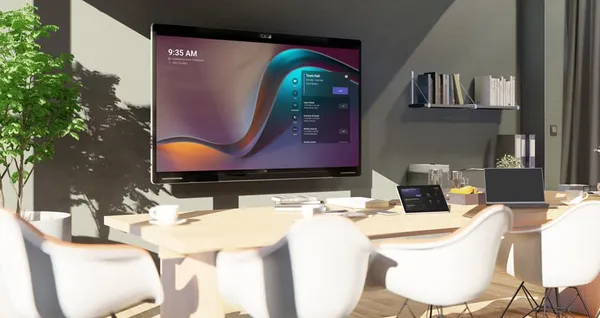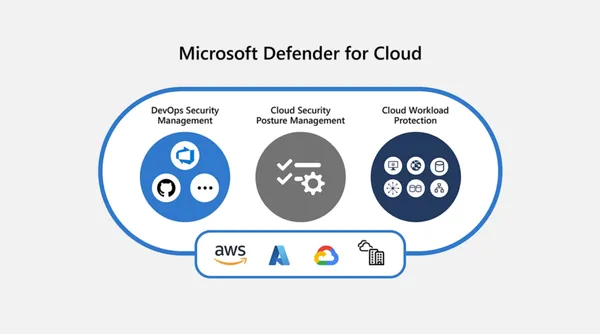
Knowledge base
March 17, 2023
Using Microsoft Teams-Rooms for seamless remote collaboration
Microsoft Teams Rooms is an end-to-end meeting platform solution designed to enable collaboration in any workplace. Through the Rooms ecosystem, companies can leverage all of Microsoft Teams’ productivity and conferencing tools. The Rooms environment supports audio and video conferencing, phone line connectivity, file sharing, whiteboarding and more.
In recent years, as Microsoft has continued to invest in becoming the number one partner for remote, hybrid and flexible working, the Rooms ecosystem has evolved. Current Room environments can be equipped with a wide variety of technology solutions from leading vendors and Microsoft partners. They also integrate with a range of existing tools and software options.
Here’s how companies today can leverage the potential of Microsoft Teams Rooms to ensure inclusivity and engagement while collaborating with remote employees.
Step 1: Set up Microsoft Teams Rooms
As part of the Microsoft Teams ecosystem, Microsoft Rooms is a relatively easy-to-access solution for meeting and conference requirements. However, there are some basic settings involved in getting any room environment ready for use. Microsoft recommends business leaders begin with a site readiness assessment that examines network availability, proxy servers and certificates.
For starters, most companies should ensure that their employees have access to Microsoft Teams, with registered accounts within the company’s designated body. Within the Microsoft Teams management center, business leaders can purchase “Teams Rooms” to add to their Teams environment, choosing either the “Basic” or “Pro” service. The Basic Plan is accessible for free alongside Microsoft Teams and allows users to instantly join meetings and share content wirelessly at the touch of a button.
The “Pro” plan offers access to more advanced features, for $40 per month, per room. Users can take advantage of advanced meeting experiences such as inclusive room layouts, chat bubble alerts and AI-powered video and audio devices. Users will also have access to ITSM integrations, remote configuration tools and reporting features.
After purchasing a subscription, users must add their Teams Rooms to their “resource” account. Users can also define resource account functions, enabling meetings via dial-up connection, outbound/inbound calls for PTSN devices, interactive meetings and more.
Step 2: Implementing Teams Rooms Hardware
Once a unique resource account is set up for a Teams Room environment, companies can begin exploring options for device deployment and software installation. The easiest way to simplify setup is to choose a Microsoft Teams Room solution from a certified Microsoft partner. Leading vendors such as Yealink, Poly and Logitech offer a wide range of meeting room solutions that come with Microsoft Teams already installed and ready to use.
Companies can also choose whether to implement additional technologies beyond microphones, cameras and speaker systems at this time. For example, users can deploy monitors and control devices, as well as digital whiteboard tools and AI-enhanced cameras with sensors. Microsoft recommends using the Microsoft Azure Monitor solution to track hardware deployment and report on availability, errors and firmware requirements.
After each Teams Room system is physically implemented and the appropriate devices are connected, administrators must configure the Teams Room application in the back-end. Users can manually configure any Teams Rooms system using the Microsoft ecosystem or an external PowerShell solution. Alternatively, users can use an XML file per Teams Rooms for application settings.
After implementing the right hardware, business users need to test whether their rooms are working effectively. Microsoft recommends using the Call Quality Dashboard within Teams to monitor call trends, errors and issues.
Step 3: Train teams on Microsoft Teams-Rooms
With the software and hardware for the Microsoft Teams Rooms environment, companies can start experimenting with the functionality of their new ecosystem. Microsoft Teams Rooms is designed to be as inclusive as possible, with access to a variety of tools that help unify employees, such as AI-enhanced camera technology and layout configuration.
Most Microsoft Teams Rooms hardware solutions are designed for quick and easy access to the Teams environment, so employees working internally or remotely do not need configuration assistance to get started. However, it may be helpful for business leaders to provide basic training on how to use features such as:
- Wireless content sharing tools for screen and application sharing
- Security features and analysis capabilities
- Calendar integrations for scheduling meeting sessions
- Proximity join and voice-controlled connectivity features via Cortana
- Remote controls and peripherals in the room
- Device management utilities (for technical leaders setting up hardware)
For the most part, the core capabilities of Teams Rooms, such as video and audio conferencing, require no additional training for teams already using Microsoft’s collaboration platform. The Teams Rooms environment enables the same simple one-click meetings and scheduled conferences, with virtual backgrounds, real-time transcription and translation and messaging tools.
Step 4: Checking and updating
Finally, the Rooms environment, like many of the solutions in the Microsoft Teams portfolio, is constantly evolving and upgrading to bring new features and functionality to end users. Staying up to date with the latest features and monitoring teams room experiences can help business leaders get the most out of their investment in remote collaboration.
Within Microsoft Teams, companies have access to all the tools they need to remotely set up Teams Rooms devices and track the status of various solutions. An AI-driven service management solution is also available for Teams Rooms, with access to guidance, insights and proactive security updates and device configurations.
Business leaders can also view and monitor their entire Teams Rooms inventory, including internal devices and external tools within the management environment, using the Teams Rooms Systems tab in the Microsoft Teams app. It is also worth keeping abreast of new technologies offered by both Microsoft and its partner companies. Microsoft, for example, is currently investing in a series of new AI-powered tools, for active speaker tracking and human recognition.
Teams Room at ALTA-ICT
In short, Microsoft Teams Rooms is the perfect solution for businesses looking for seamless remote collaboration. Alta-ICT is the partner you are looking for to make this happen. Our expertise and experience with Microsoft technology, combined with our focus on customer satisfaction, make us the ideal partner for implementing and maintaining Microsoft Teams Rooms for your organization.
At Alta-ICT, we offer not only the implementation of Microsoft Teams Rooms, but also the possibility of full support and maintenance of the systems. We work closely with our customers to ensure that their needs and desires are met. We believe in delivering solutions that work for our customers and not the other way around.
If you are looking for a reliable partner to implement Microsoft Teams Rooms, Alta-ICT is the right choice. Contact us today and let us help you collaborate seamlessly remotely.
source: uctoday
Want to know more?

Related
blogs
Tech Updates: Microsoft 365, Azure, Cybersecurity & AI – Weekly in Your Mailbox.


